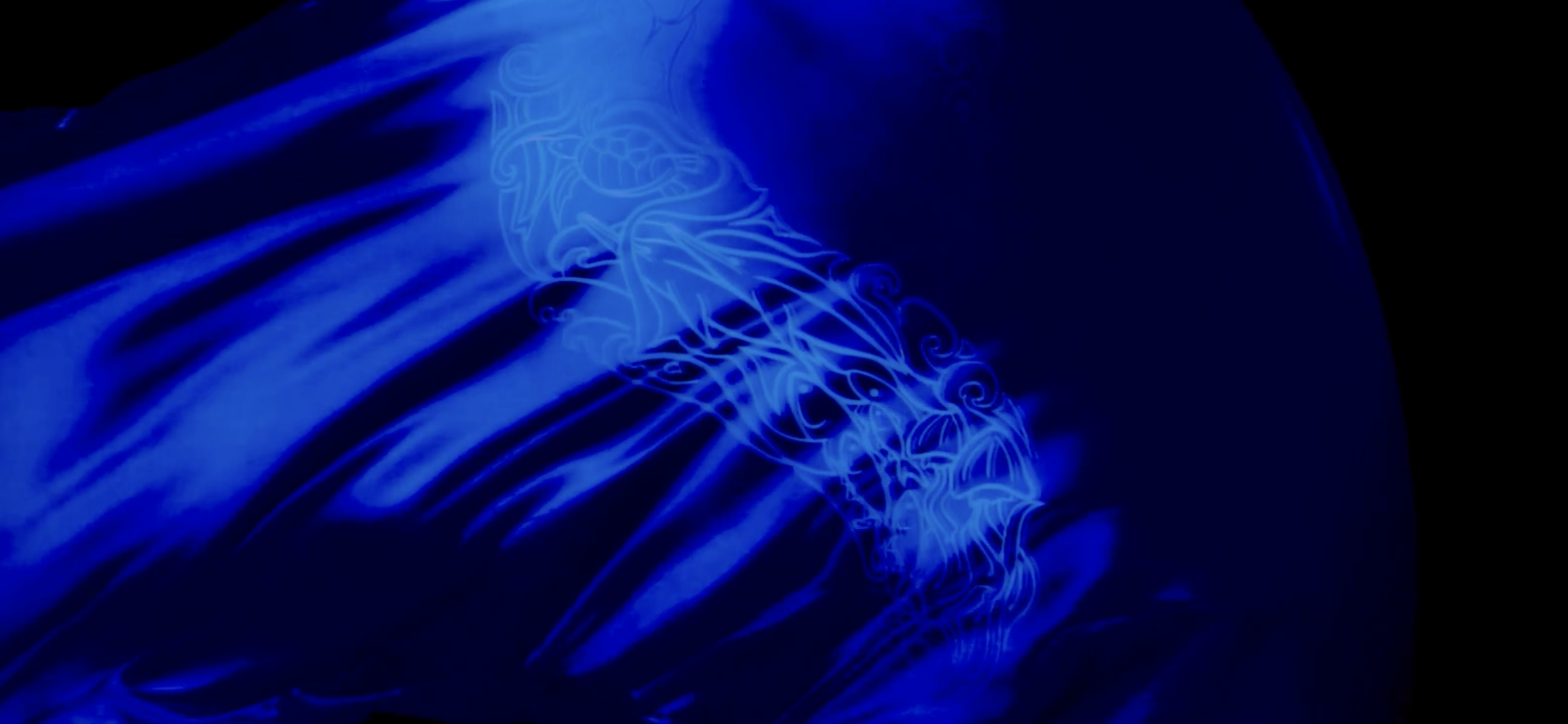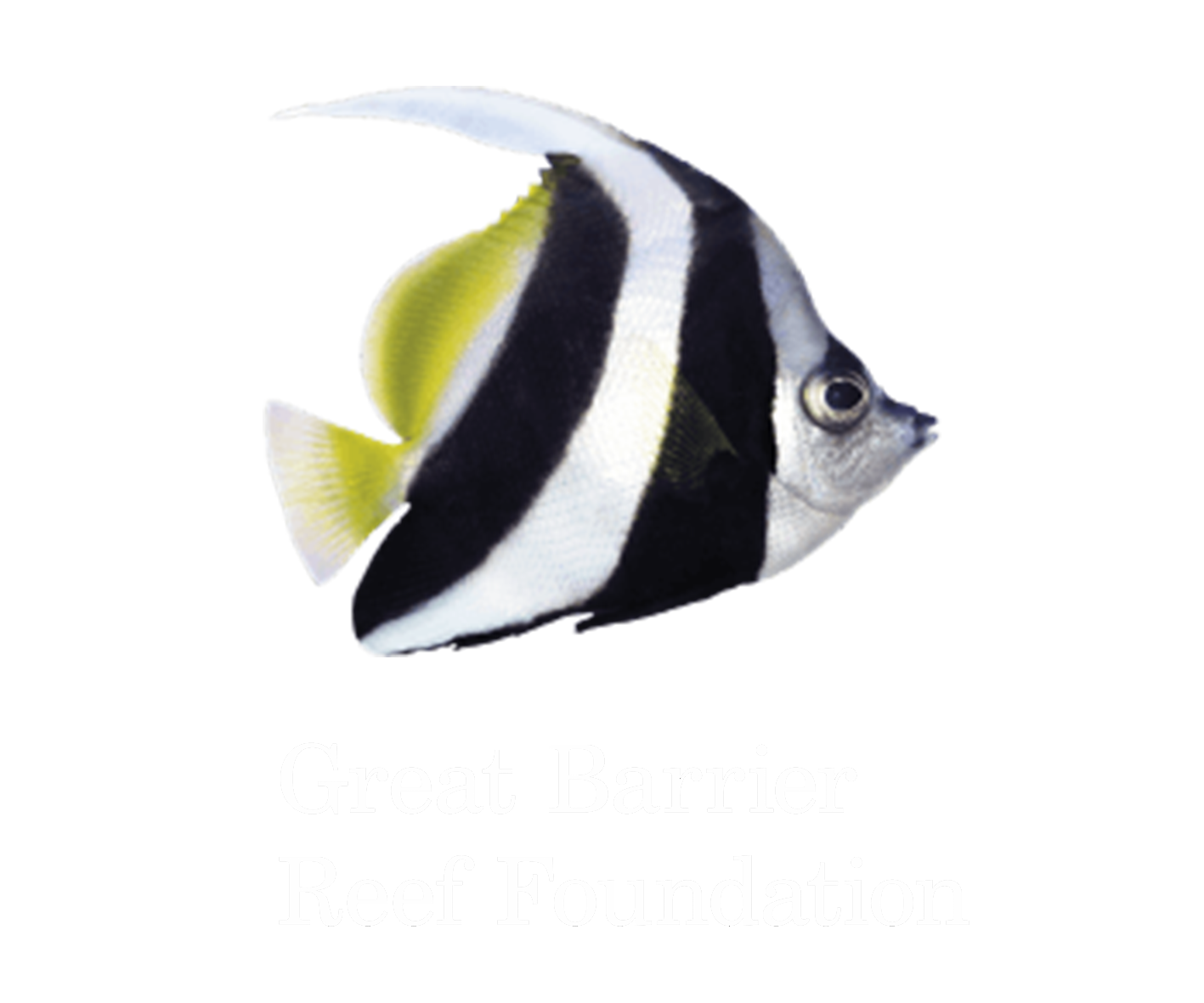
Supported Organisations & Projects in 2024
The Great Barrier Reef Foundation was formed two decades ago in response to the first mass coral bleaching event, which killed one in 12 of the world’s corals.
Great Barrier Reef Foundation – Coral Restoration Fund
Coral reefs are the most vulnerable ecosystem on the planet. If ocean temperatures rise as predicted, we could lose them in our lifetime. In the past five years, we have made more advances in coral reef restoration science than we have in the past five decades.
On the Great Barrier Reef, coral marine scientists are resolving significant science and engineering bottlenecks to prove we can plant heat tolerant corals at scale.
Already we have
Introduced Coral IVF on the Great Barrier Reef and used it to grow and settle millions of baby corals, further funds would allow significant expansion along the reef
Pioneered huge advances in coral restoration including heat tolerant corals and cryopreservation technologies.
Established partnerships in Ningaloo, Palau, New Caledonia and Belize to help make their reefs more resilient to climate change.
By 2030 we aim to
Deploy 10 million heat tolerant corals annually across 100 priority reefs on the Great Barrier Reef.
Empower frontline communities across the Pacific and beyond with Reef-saving strategies and technologies.
Plant heat tolerant corals across one-third of Pacific coral reefs, in partnership with traditional owners, local reef managers and communities.
Your support will aid in us achieving our goals.
One Tree Island Research Station
The University of Sydney is celebrating 50 years of research at One Tree Island in 2024. This longevity of research and education has underpinned countless scientific discoveries about our marine environment. Research at the station focuses on climate change and bleaching, eutrophication of reef systems, carbonate chemistry, geology, sedimentation, bird ecology, sustainability, and the ecology of reef organisms.
The University of Sydney is one of only three higher education institutions in Australia with a research facility on the Great Barrier Reef. This coupled with a dedicated Marine Studies Institute has led to the University of Sydney being ranked 50th in the world for Earth and Marine Sciences.
Proceeds generated through The Sapphire Project 2024 will contribute to One Tree Island's research and education initiatives aimed at understanding coral reef ecosystems in order to safeguard their future.
Lizard Island Research Station
The Australian Museum’s Lizard Island Research Station (LIRS) is a world leading coral reef research facility collaboratively working with its partners to enable excellence in scientific research on the Great Barrier Reef. LIRS has an enviable international reputation among coral reef researchers: it provides great research facilities and support in a diverse and well-managed environment and it operates under safe and sensible procedures. Developed for sustainable operations, LIRS has a very low carbon footprint including 95% of electricity produced from the sun. LIRS would not exist without the support of private funding through the Lizard Island Reef Research Foundation (LIRRF).
Sapphire’s funds will support the continuation of the Fellowships, Research Grants and Education Programs, which aids the development of the next generation of marine scientists and managers. It will also help fund the continuation of Crown of Thorns (COTS) control research to handle outbreaks more effectively and save coral by early detection and control. Research equipment and infrastructure is also important. The funds will help support an ongoing annual program to maintain and/or replace boats and other vital infrastructure, which are critical for researchers to work safely and efficiently.
Australian Sea Lion Recovery Foundation
The Australian sea lion could disappear from our shores within 25 years. They are the only endemic species of seal in Australia and are among the rarest and most endangered marine mammals on earth. Their population is estimated to be less than 11,000 individuals, due to decades of unsustainable mortalities from human-induced threats, and are the only listed Endangered marine mammal in Australia, still in decline.
Sapphire funds raised will allow for the continuation of research into the Australian sea lion and subsequent protection of the species. Funds will be directed to on-ground, priority areas of research, identified by a steering committee of Australian sea lion researchers from State marine research and conservation agencies and universities.
Project Hammerhead
Identifying essential habitats is critical for conserving hammerhead sharks, particularly as these mobile species utilize different areas across their life stages. Essential habitats provide key functions like foraging, shelter, and reproduction. The three hammerhead species in tropical Queensland—critically endangered great and scalloped hammerheads, and endangered winghead—are data deficient despite significant population declines. Current conservation efforts, such as Queensland's gillnet ban, aim to protect these sharks, but data gaps hinder recovery assessments. Knowledge on hammerhead habitats in Queensland is limited; for scalloped hammerheads, certain coastal bays serve as pupping grounds, yet juvenile and adult habitats are largely unknown. Great hammerheads' adult habitats show limited spatial movements, crucial for breeding and feeding, while almost nothing is known about winghead sharks, except neonates occur in river mouths. This project seeks to map essential habitats for all life stages of these species to inform conservation strategies in Queensland and globally, addressing the significant knowledge gap and aiding in the management and recovery of hammerhead populations.
All ocean organisations are registered charities and are endorsed as Deductible Gift Recipients (DGR1) by the Australian Taxation Office




